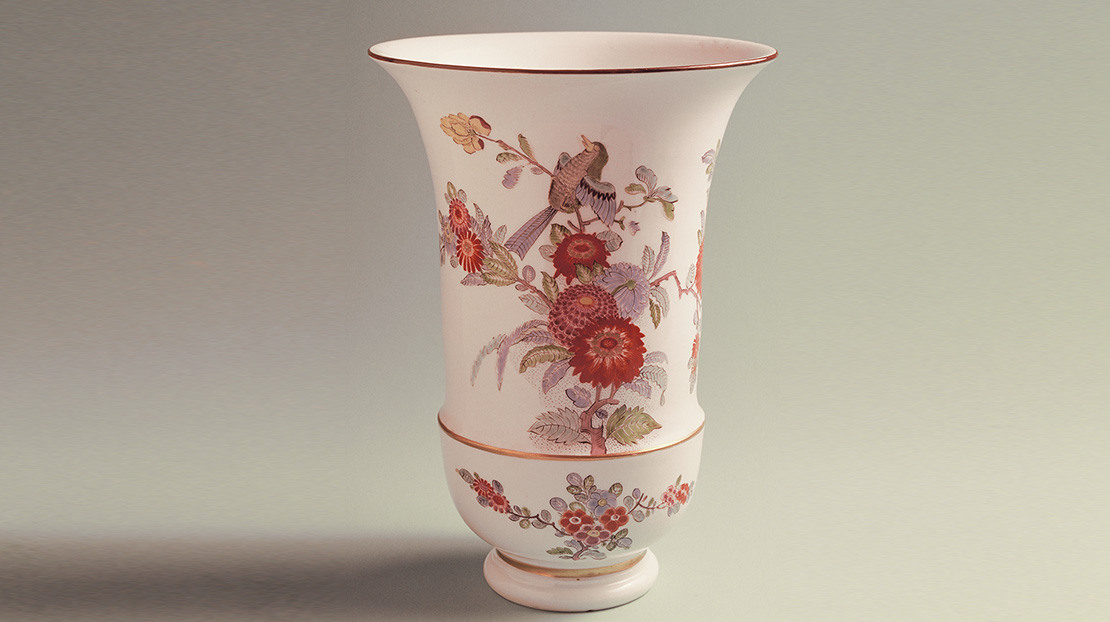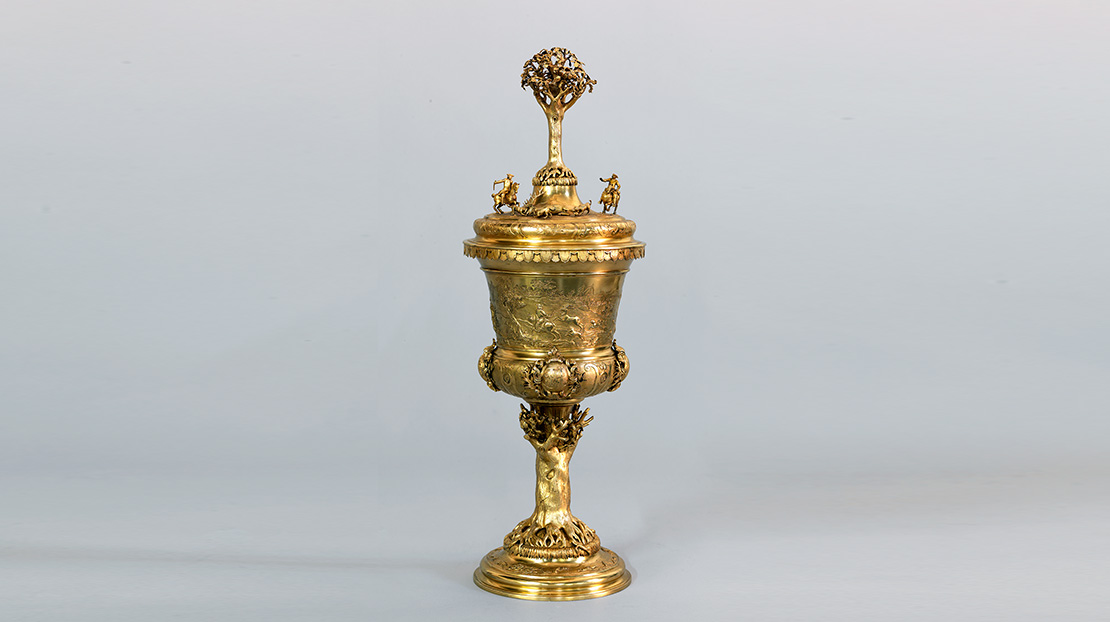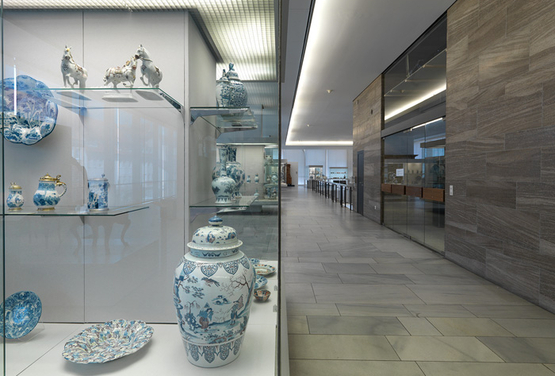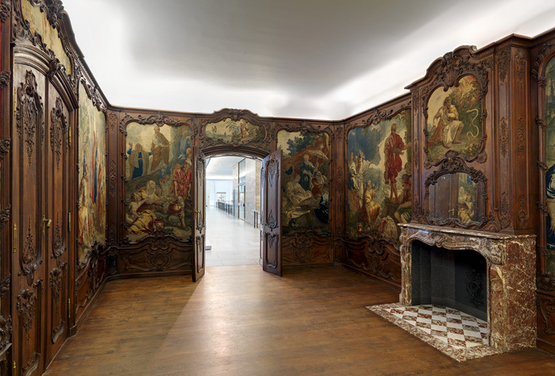Decorative arts of the baroque
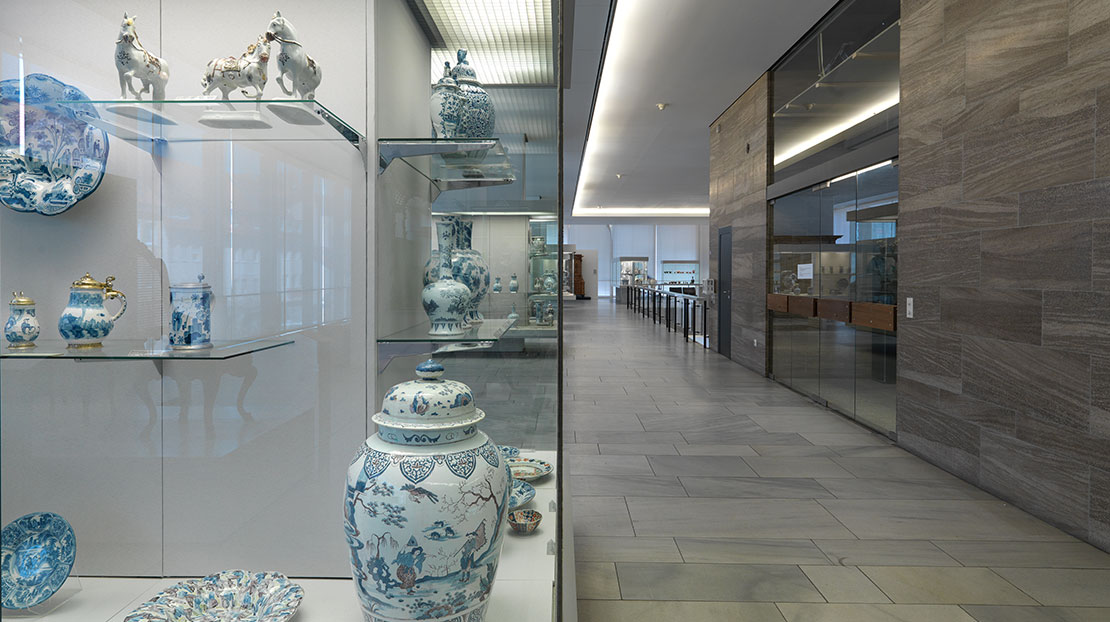
Please note: The permanent exhibition "Decorative Arts of the Baroque" will be closed from August 26, 2024, until approximately the end of 2025. This is part of a larger project in which the museum is being gradually modernized.
Themes of the exhibition
The opulence of the Baroque period opened up significant spheres of work for the decorative arts. Using characteristic examples, the collection shows how thoroughly the European courts, as well as noble and middle class households, sought to incorporate elaborate art in practically all areas of life. The main genres of the decorative arts are represented with high-class examples: from room furnishings and decorations – tapestries, wallpaper, furniture or stoves – or luxurious tableware and drinking utensils through to personal appearance, expressed through clothing and accessories. The exhibition is not restricted to the short period art history defines as Baroque. It follows the lines of development from the previous epochs and at the same time looks forward to the activities in the decorative arts of Rococo and Classicism and to decorative arts traditions established in the Baroque period that lived on into the 20th century.
The exhibition focuses on the collections of German faience art from the 17th and 18th centuries, and porcelain from the pivotal manufacturers, above all from the early Meißen era, including Böttger stoneware. Works in silver from German regions are represented by numerous high-quality examples, as are cut glass objects from Germany, and especially Nuremberg. Standout items of furniture include the amber-encrusted cabinet and items from the Roentgen workshop. In the completely preserved Tapestry Room of Aachen mayor Johann von Wespien, carved wall panels and wall tapestries are combined to produce a coherent room design.
Examples of objects
Exhibition rooms

Information and Services
Plan Your Visit
Opening Times
Location and Approach
GNM Museum Shop
FAQ
Library
Branches
Contact

